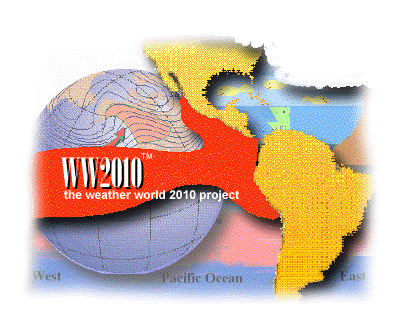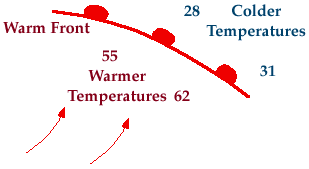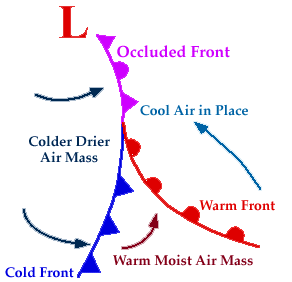Droughts are natural events. A drought happens when a period of low rainfall creates a shortage of water for people, the environment, agriculture, or industry. Some droughts are short and intense, for example, a hot, dry summer, while others are long and take some time to develop.
You can see from the map above the countries with the most common occurrences of drought over 30 years from 1974 – 2003. The main pattern is that the large majority of the drought regions lie in the southern hemisphere and in particular the Horn of Africa. In this part of Africa 12 million people are currently at risk of severe famine as 2 years of drought have pushed food prices through the roof.
The article below has a very clear interactive map to the current humanitarian disaster in the Horn of Africa and has some truly scary statistics;
This post however is going to look into the recent drought currently underway in Texas, USA and the surrounding states. Texas has recorded its hottest summer in US history with many scorching days seeing temperatures over 110 °F. This record breaking summer has had many drastic consequences across the US and fears are that the drought could have global effects. The main cause of this drought is believed to be due to the 6th strongest La Nina year since 1949 causing a shift in the jet stream taking away moisture from the South.
What are the main consequences of this?
- Early estimates for crop and livestock losses are a staggering $5.2 billion, with the figure expected to rise as the drought continues
- Texas has lost a little over half of its cotton crop. As Texas produces 55% of the U.S. crop and two-thirds of America's export market cotton prices are surging due to the shrinking supplies.
-Catastrophic fires have been raging for months now due to the dry land and hot temperatures. The most recent have been classed as “worst fires on record” in Texas.
Bastrop Country fires
The Bastrop county fires began on the 4th September 2011 and continue to rage on. The fire now covers over 20,000 acres and is about 16 miles wide. A perilous mix of hot temperatures, strong winds and a historic drought has caused the Bastrop-area fire, the largest of the nearly 190 wildfires the state forest service says erupted this week, killing four people, destroying more than 1,700 homes and forcing thousands to evacuate.



















